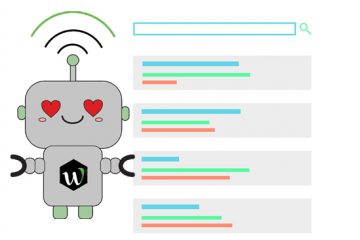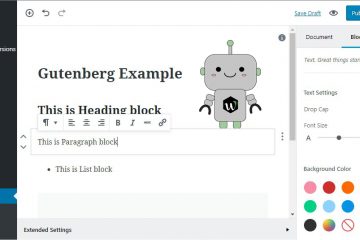Can your audience understand you? Is it engaging to them? Do the words flow when you read it aloud? One of the biggest problems businesses have with their content is the readability or lack of it.
The content you write should adhere to a few simple rules so the majority of people understand.
Search engines like Google are also getting good at picking up “readability.” This could be one of the determining factors that Google uses to index pages as well. If people don’t understand your message, there’s a pretty good chance that computers can’t either.
If you’re worried that your content may not be up to par, don’t stress. We have a simple checklist that you can go over in your spare time to fix some of the possible issues. These are quick and easy fixes that you could try in a day, depending on the amount of content you have.
How to Write for Content Readability
When you begin a new topic, always get to the point in that first sentence. You want to keep a clean structure with each paragraph. Try to only break for a new line when you start a new topic.
You should also be brief. People don’t want to read long-winded speeches about light topics. You don’t see Buzzfeed articles that are 5 pages long and for good reason. When you approach a reader with the intent to sell or market your brand, you should stick to short sentences. These sentences should sum up the point of your content. Try to take up little of your own time and theirs. This also helps limit grammatical errors on the page.
Experts suggest sticking with a 5-6th-grade vocabulary. Online readers will go to a new page when they come across difficult verbiage. Keep your sentences short and keep the words you use short as well.
Remember to transition from one thought to the next using transition words. This is where most people get lost when writing content. You have two similar ideas that you want to express as a consecutive thought. It sounds great to you but sometimes it doesn’t translate to the people reading it. That’s when you need some transitional words to help you sort things out. A quick example goes like this, “The congressman bought up two valid points. First, the senate did not have the means to resolve the issue. Second, the movement had more opposition than people who were for it. The words “First” and “Second” help structure these three sentences. This example is simpler than what you would use but you get the idea.
Don’t let Content Readability Disturb Engagement
Keeping it interesting and following the rules above can be a little difficult. Let me show you what I mean. If all your sentences looked like this,
“Local digital marketing is great. We are here to help you with your local digital marketing needs. We offer various services. Our services include email marketing, search engine optimization, and pay-per-click management. We can help your business grow. You can contact us at any time.”
See, it looks pretty stale. You need to space up your paragraphs with some complex sentences every now and again. This will keep people from getting bored. Check out the same paragraph, spiced up a bit.
“Local digital marketing is a tool to help you with branding. We offer various services, including email marketing, search engine optimization, and pay-per-click management. You can let your dreams take flight with our tools. Contact us anytime for more information.
Both paragraphs contain the same information. The second mixes up longer and shorter sentences for variety. Your audience getting bored is as negative as them not being able to understand you.
Connecting with your reader is all about being concise. When you get to the point, people are less likely to quit before they finish your content. As Hemingway once said,
“Write the best story that you can and write it as straight as you can.”


